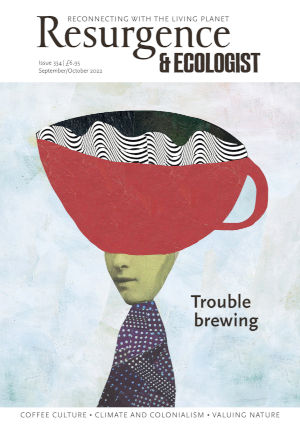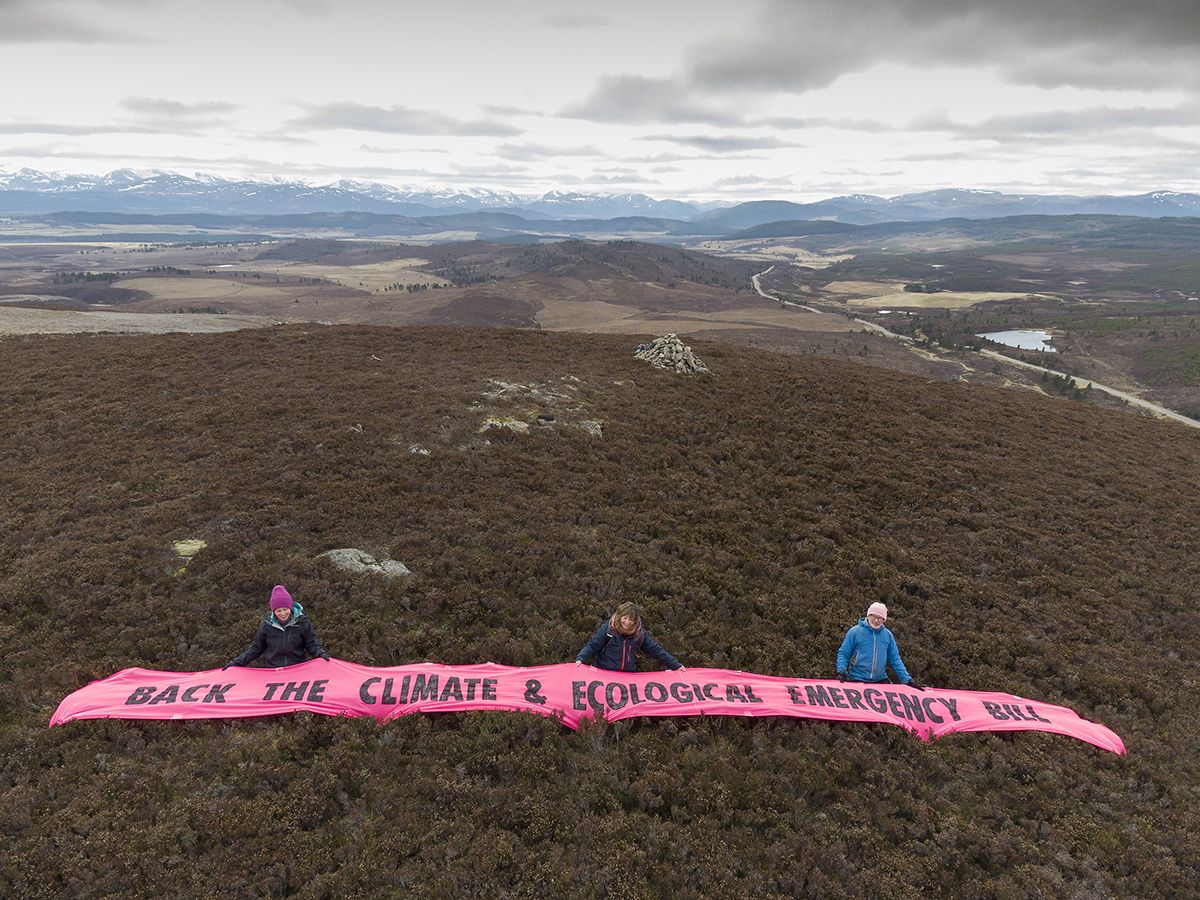Mukti Mitchell: What are the principal aims of the Climate and Ecology Bill?
Simon Oldridge: The bill seeks to ensure that the UK makes its fair share of emissions cuts to stay within 1.5°C temperature increase; that we act to restore Nature rather than just halt the decline; and that we take responsibility for our overseas carbon and environmental impacts.
MM: What’s wrong with existing legislation?
SO: Existing climate targets were set before the UK increased its ambition to net zero by 2050. And with science also having moved forward, our targets are not sufficient to keep 1.5 alive. We also ignore our imported emissions, almost 50% of our total footprint – thus tempting UK companies to redirect production overseas.
MM: What about ecology?
SO: This bill is unique in tying climate and Nature together. The purpose of the bill is two-fold: to make our fair share of emissions cuts necessary to limit warming to 1.5°C, and to protect and restore natural ecosystems and biodiversity. We can only limit warming to 1.5 °C if we protect natural ecosystems, including our soils, forests, oceans and other natural carbon sinks, which play a vital role in absorbing and safely storing carbon. And the restoration of biodiversity is essential to keep natural ecosystems fully functioning.
MM: How could working for the climate have a negative impact on ecosystems?
SO: One example is bioenergy as deployed at Drax power station. Drax currently burns wood (biofuel) with a false claim that it’s carbon neutral. But the amount of monoculture plantations required to achieve the government’s plans for Drax would be incredibly damaging for UK biodiversity – not to mention the air pollution and the effect on food security.
The UK’s net zero strategy also overlooks the importance of carbon stores. Peatlands, for example, hold eight times as much carbon as tropical rainforests, and yet degraded peatland is now responsible for a massive 4% of the UK’s carbon emissions.
When it comes to forest, only 13% of the UK landmass is woodland – well below the EU average of 38%. Plans for 30,000ha of new woodland a year sound ambitious, but at that rate it will take eight years just to increase woodland cover by 1%. The UK currently ranks in the lowest 12% of global countries and territories for biodiversity intactness, according to the RSPB and Natural History Museum’s Biodiversity Intactness Index.
MM: What about meat production?
SO: The Climate Change Committee says that a 20% reduction in meat consumption by 2030 is necessary to achieve our climate targets. However, this key measure has been omitted from UK net zero plans. Meat produced in large-scale intensive systems is very damaging to the climate. We can still eat meat, but in smaller quantities and of higher quality, from grass-fed livestock. Reducing livestock will free up enough land to both improve food security – low-meat diets require far less land – and restore Nature. That delivers a ‘double carbon dividend’ of lower greenhouse gas emissions coupled with a boost in carbon absorption as Nature recovers. And the benefits don’t stop there. Reducing meat consumption will also ease the burden on the NHS from diet-related diseases, and help bring our rivers and oceans back to health.
This article will be the focus of the Resurgence Readers' Group online on 12 September. Reserve tickets for this free event.
Simon Oldridge is a former Ernst & Young business consultant who now works to make climate change issues simpler and more accessible for mainstream audiences. www.zerohour.uk







